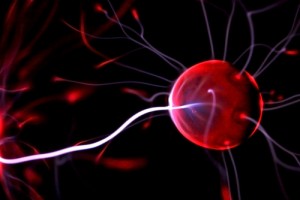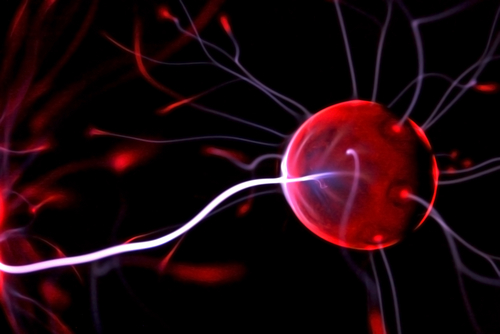 What causes cells to become mutated and develop into cancer can also be used as a form of cancer therapy.
What causes cells to become mutated and develop into cancer can also be used as a form of cancer therapy.
DNA damage, when incorrectly repaired, leads to genomic instability and eventually cancer. However, therapies combined with adjuvant radiotherapy (DNA-damaging agent) have been demonstrated to improve the survival of triple-negative breast cancer (TNBC) patients. Nonetheless, the emergence of tumor cells resistant to such therapy, makes the development of new therapeutic strategies to overcome radioresistance and improve radiosensitivity crucial.
TNBC accounts for 15-20% of all newly diagnosed breast cancer cases, and is defined by the lack of expression of the estrogen receptor (ER), progesterone receptor (PR) and minimal HER2 expression.
Patients suffering from this type of breast cancer usually have higher-grade tumors and a poor overall survival rate, when compared with other cancer subtypes. Furthermore, the lack of well-defined molecular targets has severely impaired the development of new TNBC targeted therapies.
In a recent study entitled ”Protective role of miR155 in breast cancer through RAD51 targeting impairs homologous recombination after irradiation,” published in the Proceedings of the National Academy of Science (PNAS) journal, a team of researchers from Ohio State University have shown that overexpression of microRNA 155 (miR-155) in human breast cancer cells reduces the levels of RAD51 recombinase, a central protein in homologous recombination and involved in DNA damage repair, affecting the cellular response to ionizing radiation (IR).
miR-155 is a pro-oncogenic micro RNA involved in leukemogenesis and in the mismatch DNA repair pathway in colon cancer. However, different results from these authors identified a protective effect of miR-155 in breast cancer patients through its role in DNA damage repair.
The researchers analyzed miR-155 expression in a subcohort of 93 TNBC patients treated with both chemotherapy plus radiation and with radiation only, finding that miR-155 expression positively correlated with overall survival for patients.
[adrotate group=”1″]
Breast cancer cell lines were genetically manipulated to overexpress miR-155 in vitro, resulting in RAD51 downregulation, leading researchers to conclude that RAD51 is a direct target of miR-155.
Because enhanced DNA repair capacity leads to radiotherapy resistance, the authors investigated the effects of miR-155/RAD51 interaction in the DNA homologous recombination repair pathway. They found that there was a significant reduction in the survival of breast cancer cells following IR if they expressed miR-155, along with a significant decrease in RAD51 foci formation following 8 Gy gamma irradiation.
“Personalized therapies must consider the molecular mRNA profiles of specific cancers and their miRNAs to maximize the efficiency of commonly available treatments,” the authors conclude in their study.
The current findings can help to design a more targeted use of IR in patients suffering from TNBCs whose cells express miR-155, this way improving treatment outcomes and minimizing the possible collateral IR side effects.


